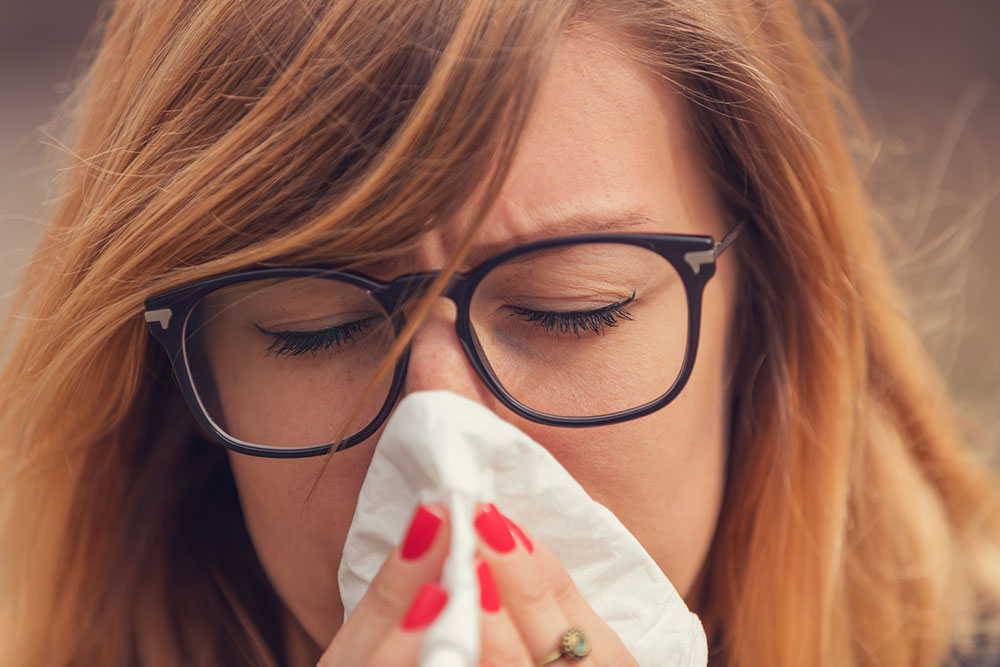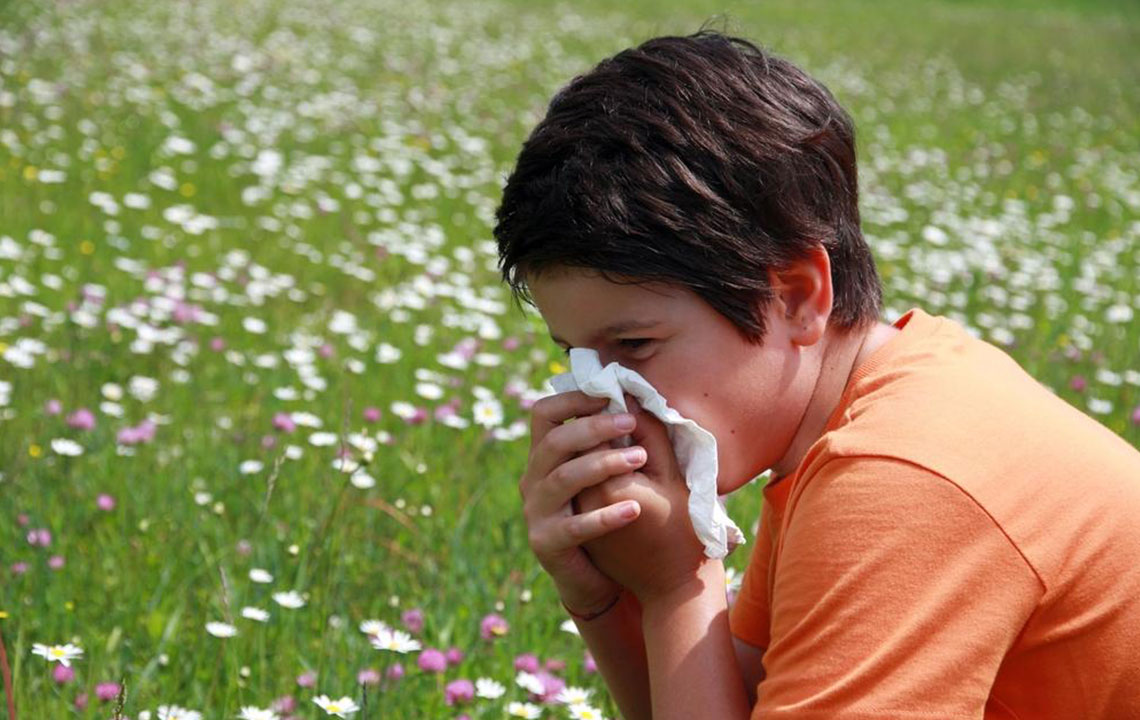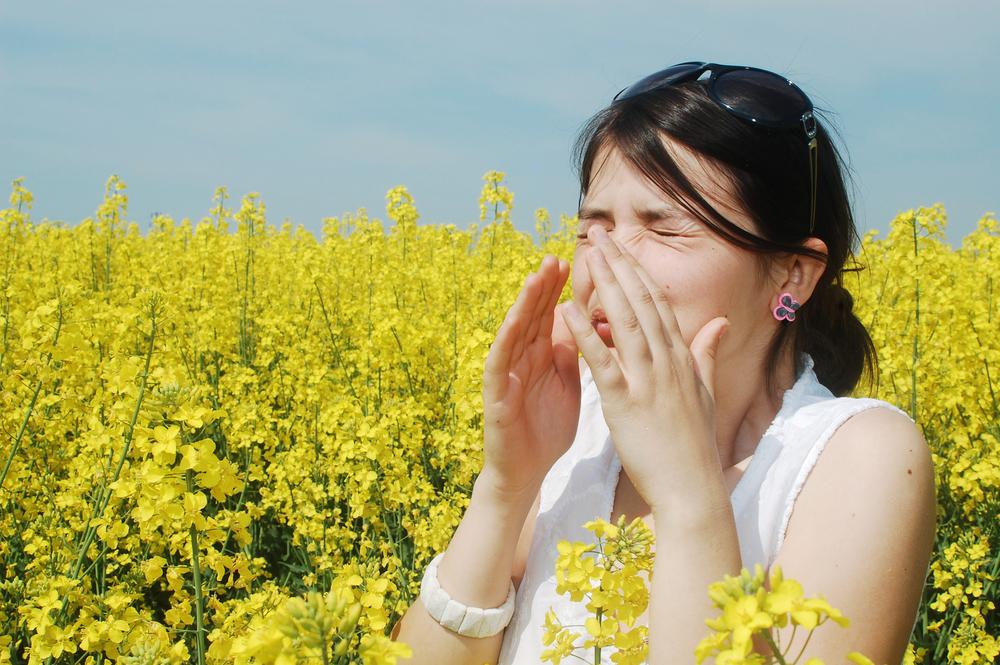Comprehensive Guide to Managing Seasonal Allergies: Causes, Symptoms, and Effective Relief Strategies
This comprehensive guide explains the causes, symptoms, and treatment options for seasonal allergies. Learn how environmental factors influence allergy severity, identify common triggers like pollen and mold, and explore effective medications and immunotherapy. Discover practical tips for managing symptoms and reducing exposure, helping allergy sufferers improve their quality of life during peak seasons. Whether you experience mild or severe reactions, understanding these strategies can lead to a more comfortable and healthier allergy season every year.

Comprehensive Guide to Managing Seasonal Allergies: Causes, Symptoms, and Effective Relief Strategies
Seasonal allergies, also known as hay fever or allergic rhinitis, affect millions of individuals worldwide. According to data from the American Academy of Allergy, Asthma & Immunology, approximately 8% of the U.S. population experiences allergic reactions tied specifically to certain times of the year. These reactions are primarily caused by environmental allergens such as pollen, mold spores, and other airborne irritants that vary with the season. Understanding the underlying causes, recognizing symptoms early, and exploring various treatment options can significantly improve the quality of life for allergy sufferers.
Seasonal allergies happen when the immune system overreacts to harmless environmental substances, perceiving them as threats. The main culprits are airborne pollen from trees, grasses, and weeds, which are dispersed widely during specific plant pollination periods. Wind-pollinated plants tend to produce large amounts of pollen that remain airborne, thereby increasing the likelihood of inhalation and allergic responses. Conversely, insect-pollinated plants generally produce heavier, less airborne pollen, making them less likely to trigger allergies. The timing and intensity of allergic reactions depend greatly on geographic location, given that different plants pollinate at different times of the year, creating unique allergy seasons across regions.
Identifying specific allergy triggers is essential for effective management. Common allergenic plants include ragweed, which is particularly prevalent on the East Coast and Midwest and releases pollen from late summer through fall, typically August to November. Other significant plants contributing to allergy symptoms include Burning Bush, Lamb’s-quarters, Mugwort, Tumbleweed, and Russian Thistle. The severity of allergic reactions is heavily influenced by weather conditions. Warm, dry, and windy days promote the dispersal of pollen into the air, heightening allergy risks. Conversely, rainy days may temporarily diminish pollen levels, but subsequent dry and windy periods often lead to increased airborne pollen counts.
In addition to pollen, mold spores, which thrive in humid and warm environments, can cause allergic reactions, often mimicking or exacerbating pollen symptoms. High humidity, coupled with heat, fosters mold growth both indoors and outdoors, contributing further to allergy symptoms. Windy conditions during warm seasons can carry pollen and mold spores even farther, expanding exposure zones. Therefore, understanding environmental factors and monitoring weather forecasts can aid allergy sufferers in anticipating and managing their symptoms more effectively.
Symptoms associated with seasonal allergies vary in intensity and presentation. The most common signs include frequent sneezing, nasal congestion, watery and itchy eyes, postnasal drip, and throat irritation. Typically, spring allergies feature sneezing fits, itchy eyes, and dark circles under the eyes, often called allergic shiners. Some individuals may also experience headaches, fatigue, and irritability. In people with pre-existing respiratory conditions such as asthma, allergy symptoms can worsen, leading to wheezing, shortness of breath, and even asthma attacks. Recognizing these symptoms early helps in seeking appropriate treatment and implementing preventive measures to minimize discomfort.
Effective treatment options range from over-the-counter medications to specialized immunotherapies. Antihistamines, available both as tablets and liquids, are frontline medications that block histamine release, reducing sneezing, itching, and runny nose. Non-sedating antihistamines, such as loratadine or cetirizine, are preferred for their minimal drowsiness side effects. Nasal corticosteroids, administered via nasal spray, are highly effective at reducing inflammation within nasal passages, alleviating congestion and other symptoms. Decongestants, which come as pills or sprays, provide quick relief from nasal swelling but should only be used in short courses to prevent rebound congestion.
Another cornerstone of allergy management is immunotherapy, which involves allergy shots or oral tablets designed to desensitize the immune system over time. Starting immunotherapy several months before allergy season can significantly diminish the severity of symptoms and reduce dependence on medications. This approach is especially beneficial for individuals with severe or persistent allergies. It is crucial to undergo immunotherapy under medical supervision, as it requires careful monitoring to avoid adverse reactions.
If you suspect you suffer from seasonal allergies, consulting with an allergy specialist or healthcare provider is essential for proper diagnosis and tailored treatment planning. Implementing personalized strategies, such as avoiding known triggers, adjusting outdoor activities during peak pollen times, and adhering to prescribed medications, can dramatically improve daily comfort. Additionally, lifestyle modifications—like using high-efficiency particulate air (HEPA) filters indoors, keeping windows closed during high pollen seasons, and washing bedding regularly—can help reduce allergen exposure. Living with seasonal allergies can be challenging, but with the right knowledge and proactive management, individuals can enjoy better health and comfort throughout the year.





